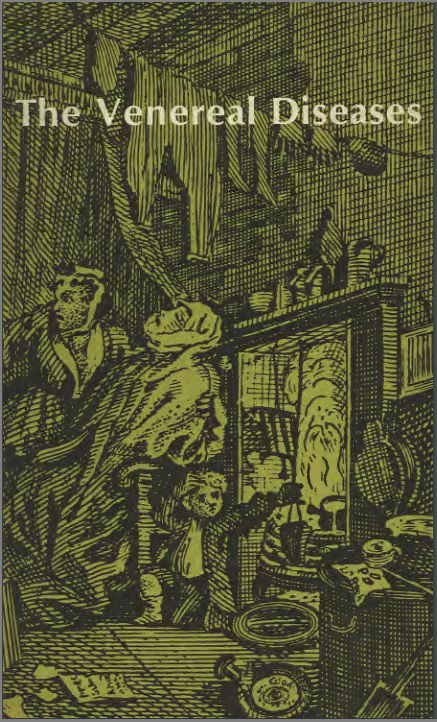Sign up to our newsletter Subscribe
Analysing Global Immunisation Expenditure

The Venereal diseases are a group of infections which have in common the same means of transmission. The causative organisms are usually acquired during sexual intercourse with an infected person. The group of diseases were given their name by Jacques de Bethencourt in…
The Venereal diseases are a group of infections which have in common the same means of transmission. The causative organisms are usually acquired during sexual intercourse with an infected person. The group of diseases were given their name by Jacques de Bethencourt in 1527, after Venus the goddess of love. The major venereal diseases are syphilis and gonorrhoea. There are a number of other venereal diseases, including chancroid, lymphogranuloma venereum and granuloma inguinale, but these have been relatively uncommon in Britain. In recent years other conditions usually acquired sexually, particularly non-gonococcal urethritis and trichomonal infestation, have come to form a large part of the venereologists’ work. Although in a small proportion of cases they can lead to severe complications, these latter diseases are not usually serious.
This paper traces the course and pattern of the major venereal diseases, syphilis and gonorrhoea, over recent decades and evaluates the progress made in their control and cure in terms of the reduction in mortality or the severe disability the diseases would otherwise have led to.
Venereal Diseases
